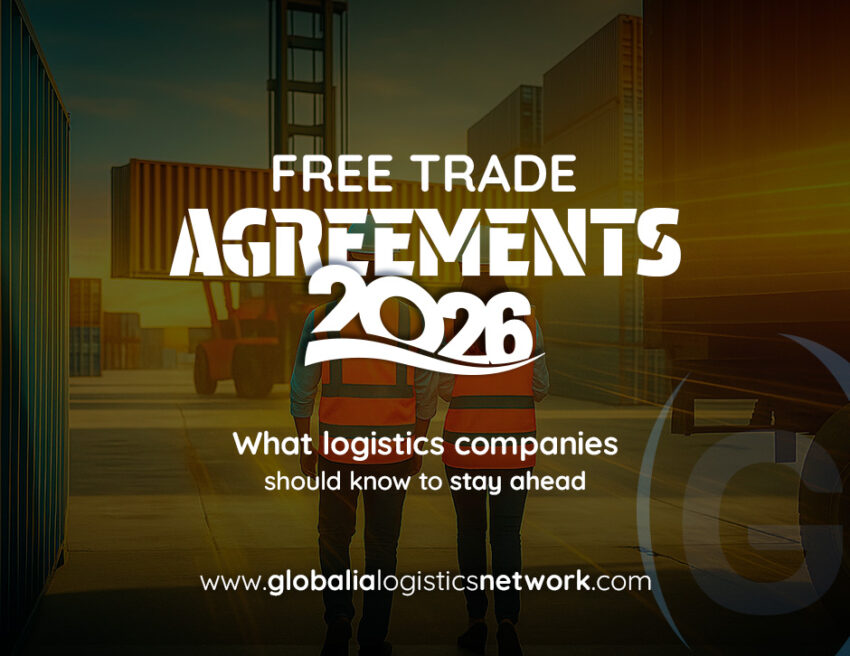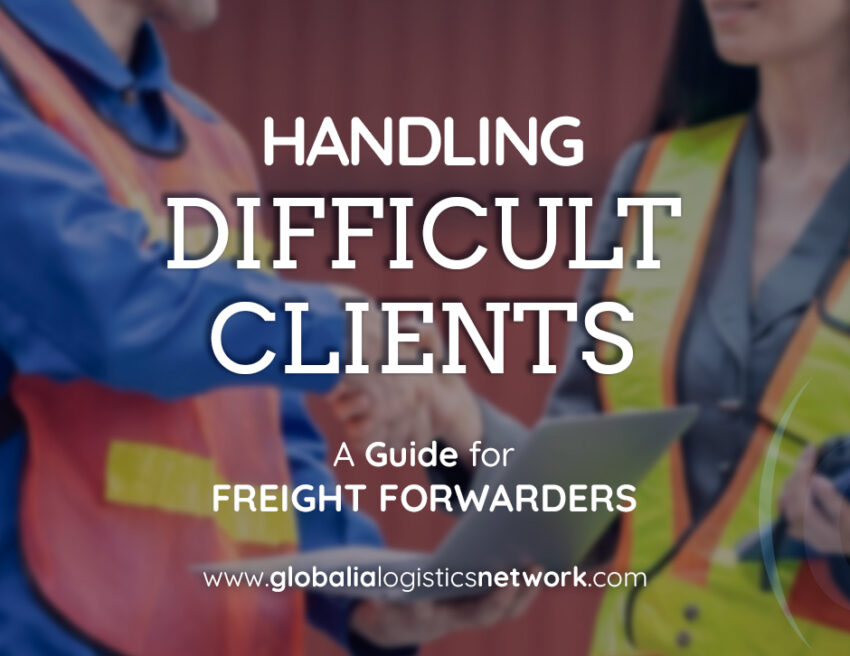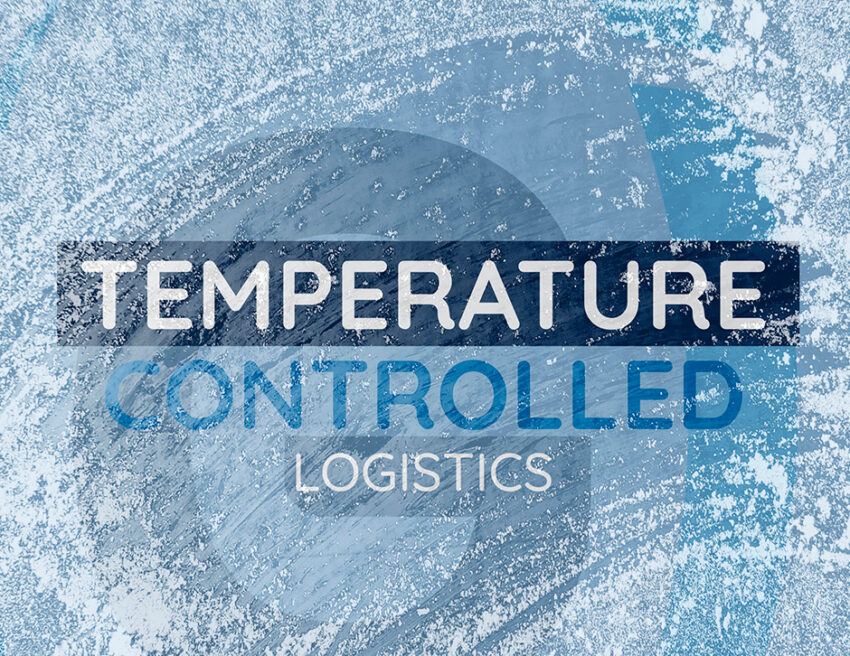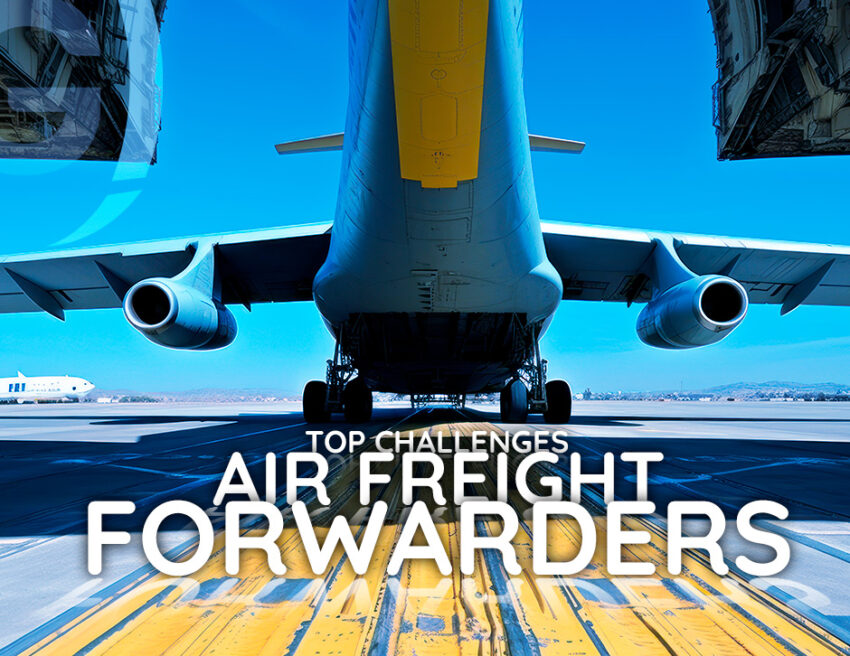CTPAT, AEO, and ISO: The Certifications Every Freight Forwarder Should Know If you’ve ever wondered why some freight forwarders seem to glide through customs while others get stuck in endless clearance delays, the answer might just be a few acronyms long: CTPAT, AEO, and ISO. These are the backbone of modern supply chain security and…
Globalia Blog
Tag: freight forwarders
Rotterdam- Europe’s smartest port and what it means for independent freight forwarders
If you want to see what the future of global trade looks like, head to the Netherlands. More precisely, to the Port of Rotterdam, Europe’s busiest, smartest, and arguably most innovative maritime hub. The way Rotterdam port automation has reshaped logistics gives us a preview of what’s coming for the rest of the world. But…
Free Trade Agreements 2026- What logistics companies should know to stay ahead
As global trade continues to evolve, 2026 is shaping up to be a pivotal year for logistics and freight forwarding. Free trade agreements in 2026 are expected to redefine international shipping routes, reduce barriers, and create new opportunities for businesses willing to adapt. For freight forwarders, staying informed about the latest trade agreements is essential…
Handling Difficult Clients: A Guide for Freight Forwarders
Every freight forwarder has that one client. The one who calls at 6 a.m. demanding to know why their container hasn’t magically cleared customs overnight. The one who emails fifteen times a day, each message marked “urgent.” Or the one who believes that “door-to-door” includes carrying the shipment up three flights of stairs. Dealing with…
7 Signs Your Ocean Freight Shipping Strategy Needs an Upgrade
Ocean freight shipping isn’t simply about moving containers anymore. With rising demand, unstable rates, port congestion, and tighter environmental rules, freight forwarders need to adapt fast and rethink their strategies to stay ahead. Ask yourself: Is your current approach delivering efficiency, reliability, and profitability? Or are you facing delays, high costs, or missed opportunities that…
7 signs you’re wasting time on the wrong freight forwarding clients
If you’re running a freight forwarding company, you already know that not all clients are worth your time. Some drain your resources, stretch your team thin, and never turn into long-term accounts. Worse, they distract you from the clients who actually grow your business. The harsh truth is that a handful of wrong freight forwarding…
The Essentials of Multimodal Shipping For Freight Forwarding Companies
In the world of freight forwarding, few things are as complex—or as critical—as getting goods from point A to point B. Imagine coordinating a shipment that starts in a factory in China, travels by truck to the port, ships across the ocean, and then moves by rail across the U.S. to reach its final destination….
Guide to temperature controlled logistics for independent freight forwarders
Temperature-controlled shipping is crucial for transporting goods that need specific temperature ranges to maintain their quality, safety, and efficacy. As global commerce expands, the demand for reliable temperature-controlled freight transportation methods is increasing. Temperature-sensitive items such as pharmaceuticals, perishable foods, and live animals must be transported safely to their final destinations. Improper shipping conditions, particularly…
Top challenges for air freight forwarders in 2024 and how to overcome them
Air freight stands out as the fastest, most reliable, and better-serviced mode of transportation when compared to other alternatives. Despite its relatively higher costs, air freight is the preferred choice for critical and high-value shipments, despite the challenges it presents. Some of the challenges air freight forwarders regularly face encompass cargo restrictions, limited processing time,…
An independent freight forwarders guide to shipping pharmaceuticals
Pharmaceutical cargo requires special skills and know-how on the part of independent freight forwarders. More often than not, pharmaceutical items are both time and temperature sensitive and demand special precautions during transit. The freight forwarding company needs to ensure that the quality and integrity of the products are intact throughout their journey from the manufacturing…











